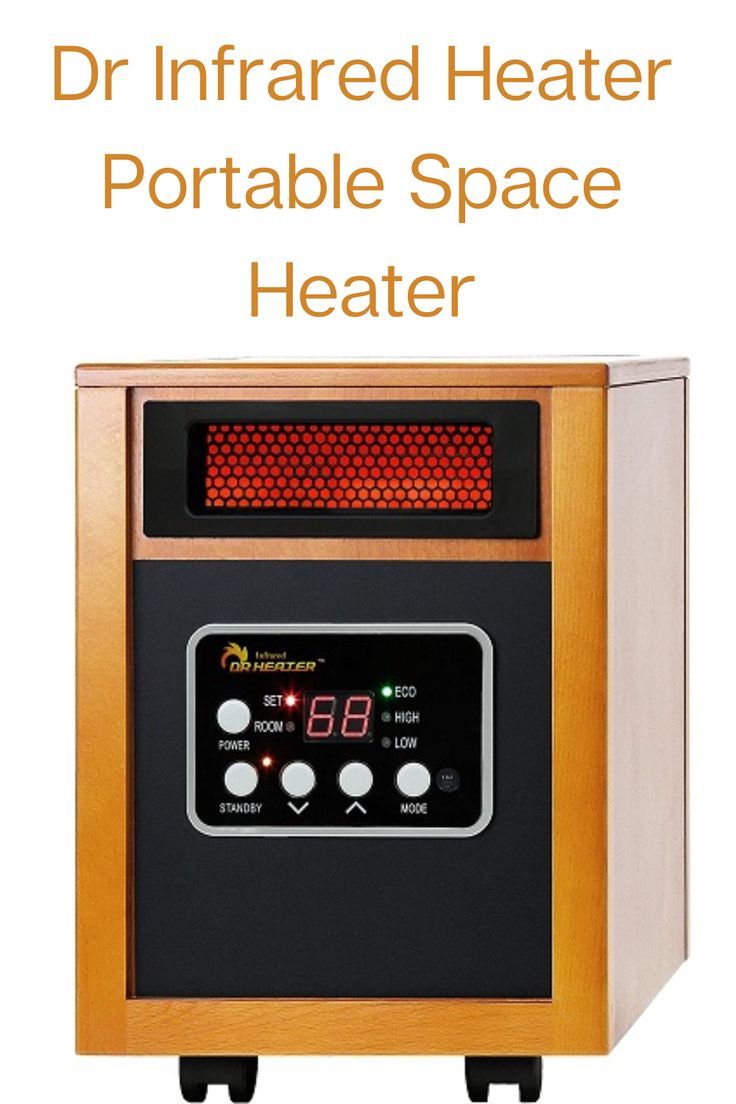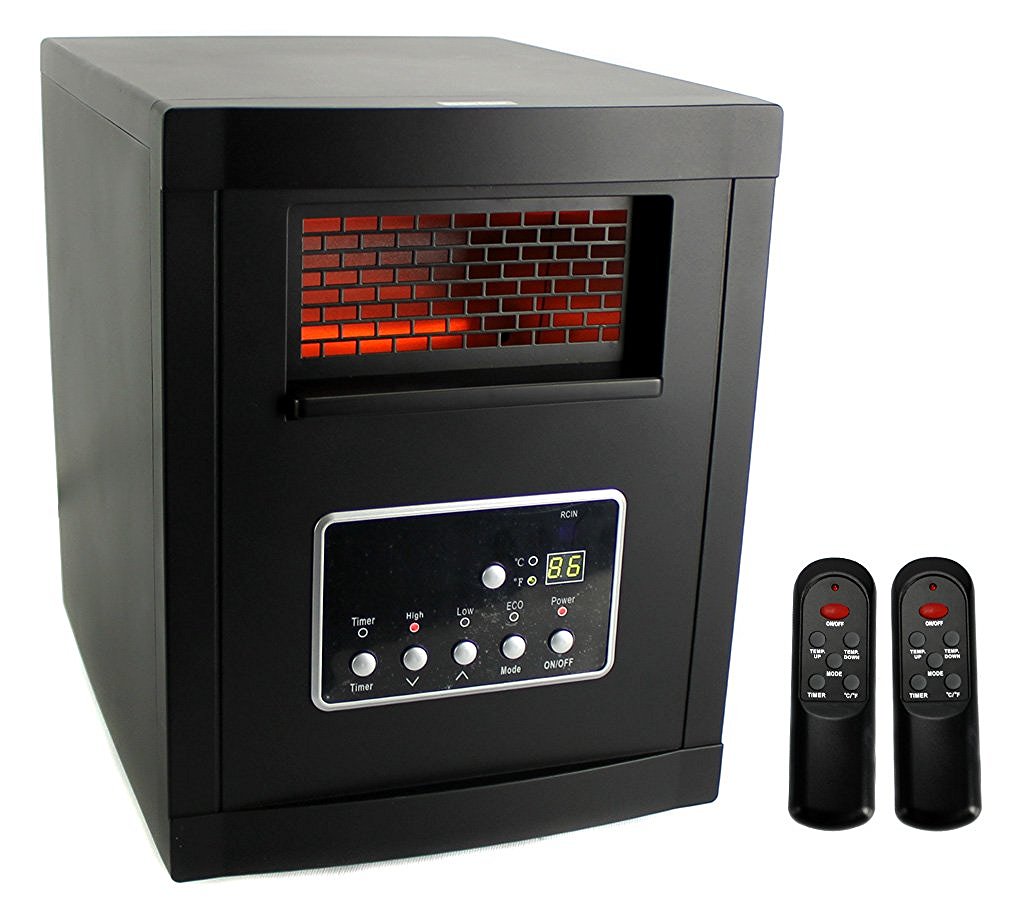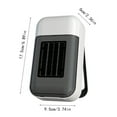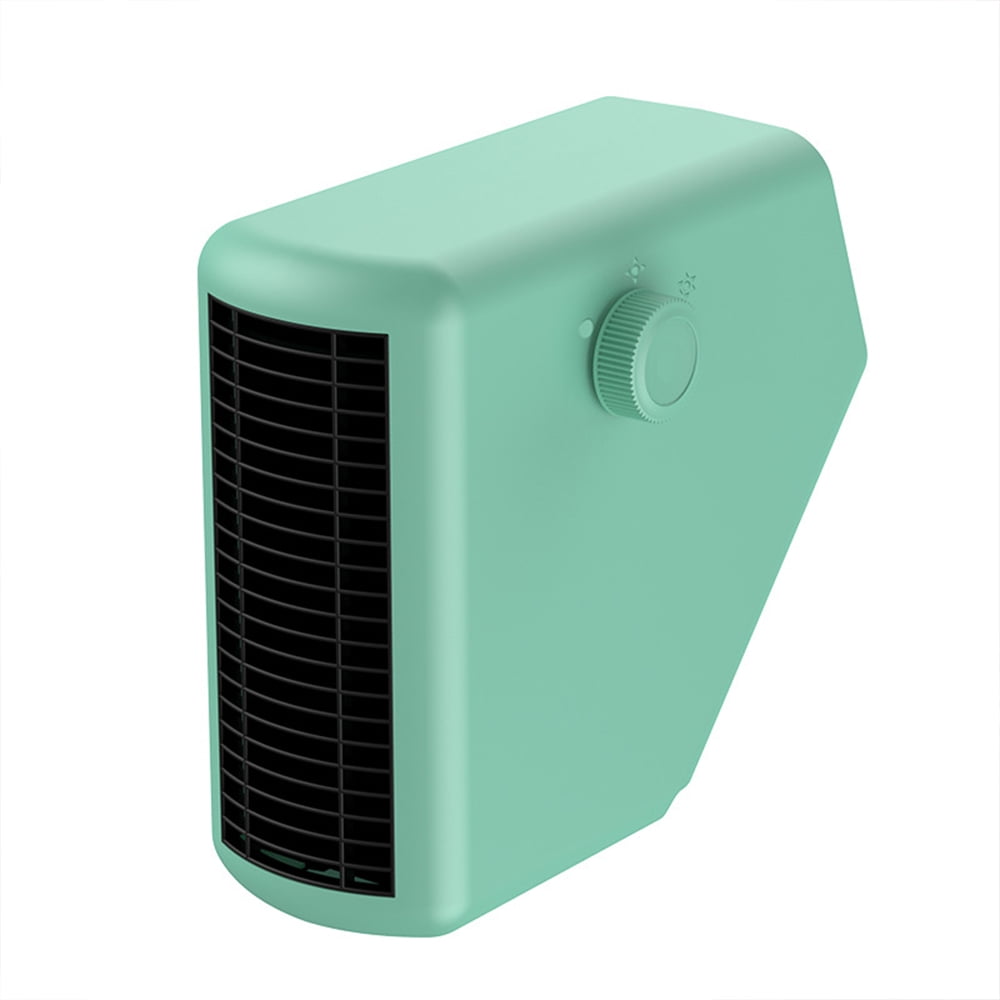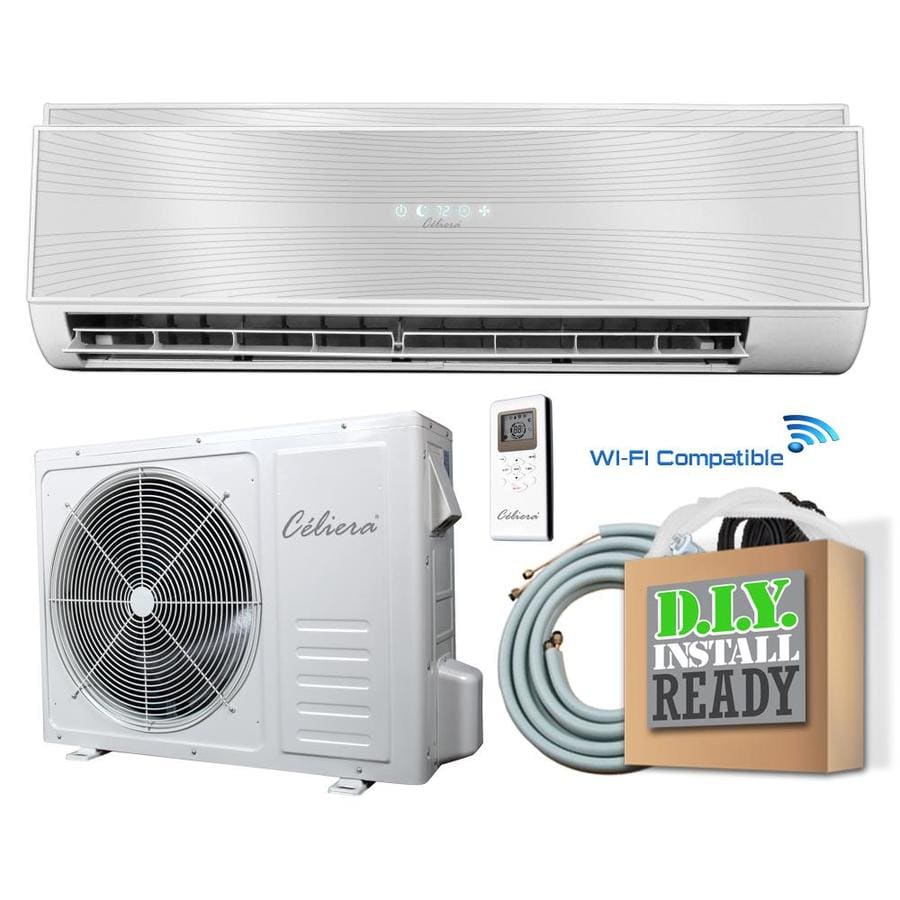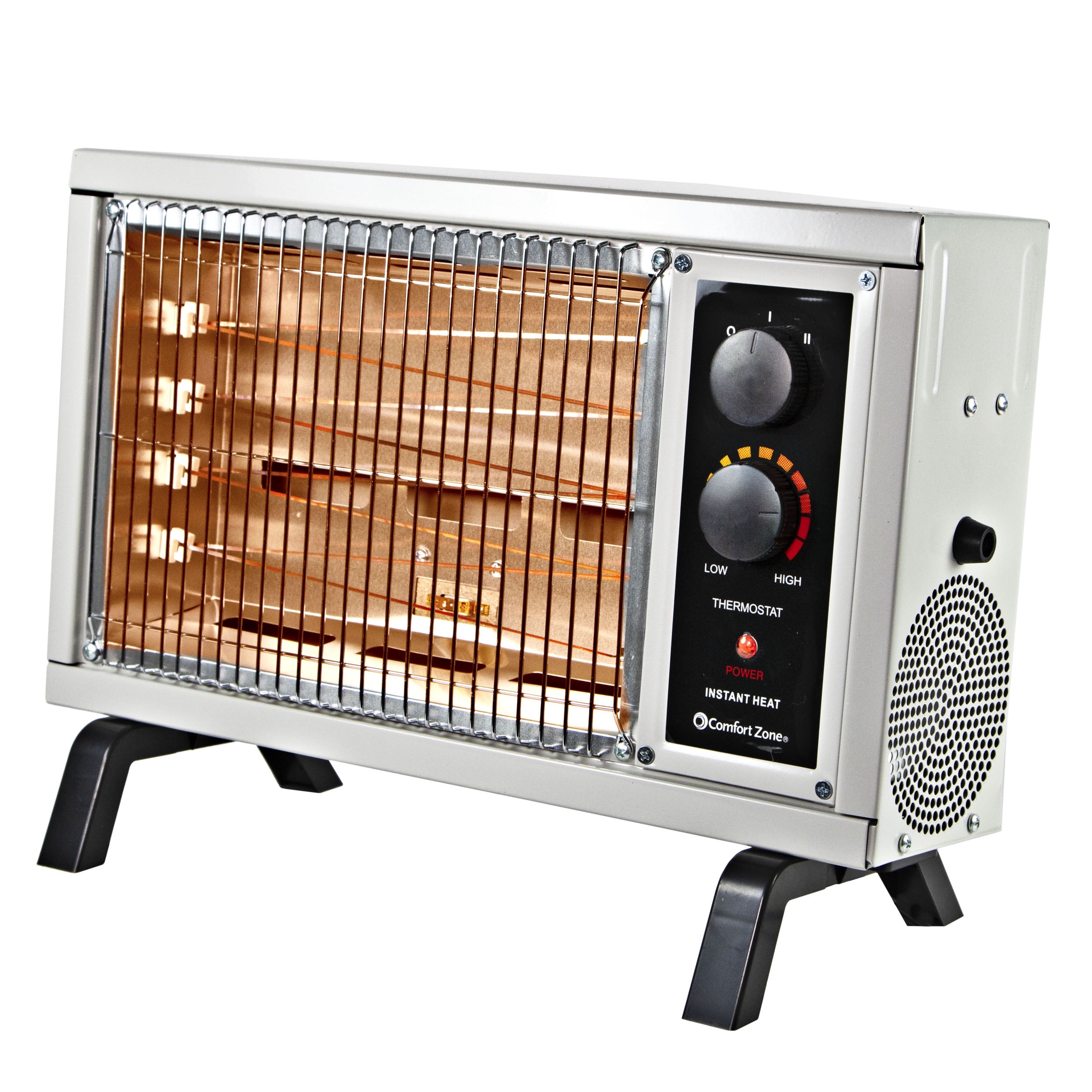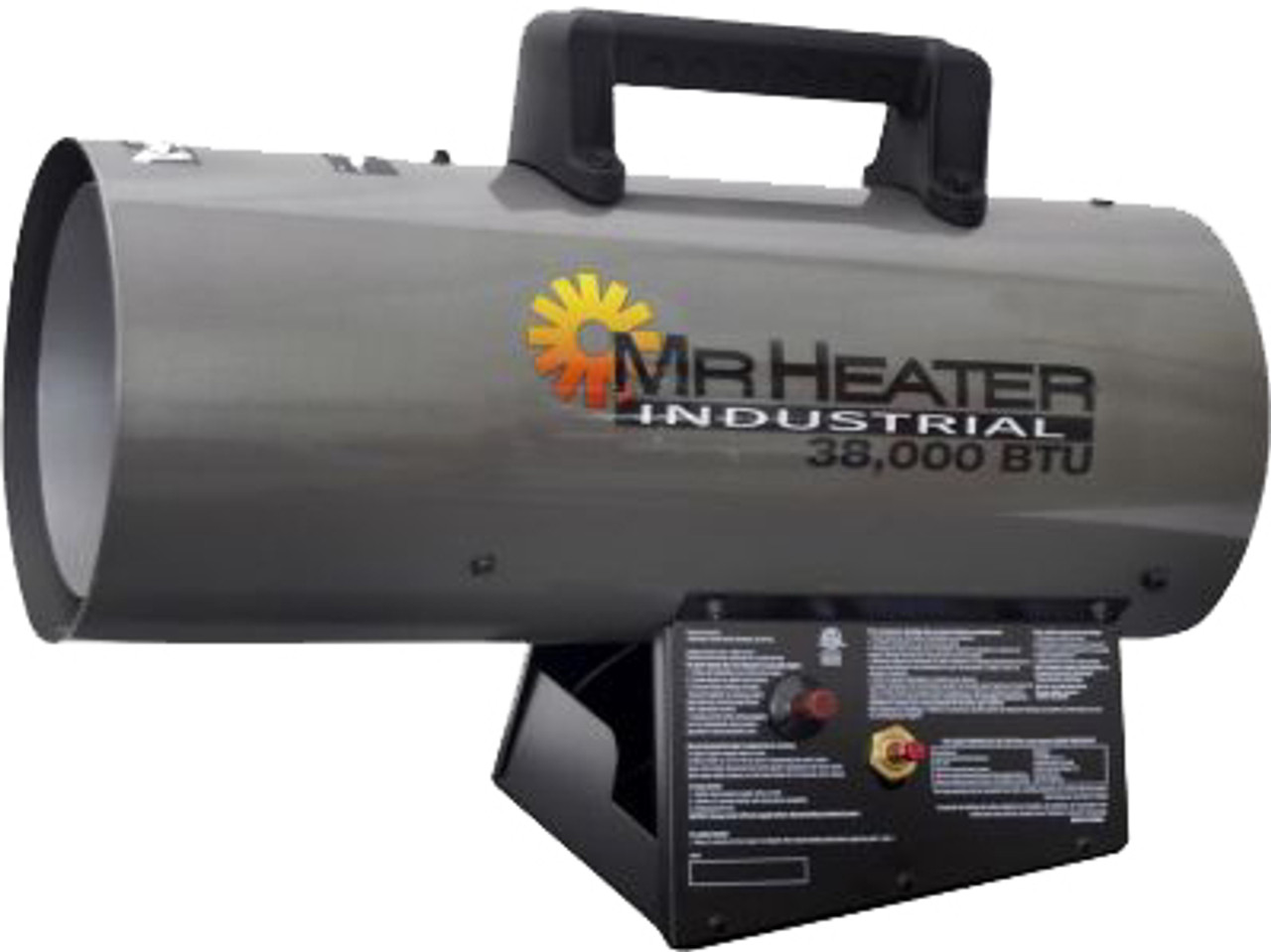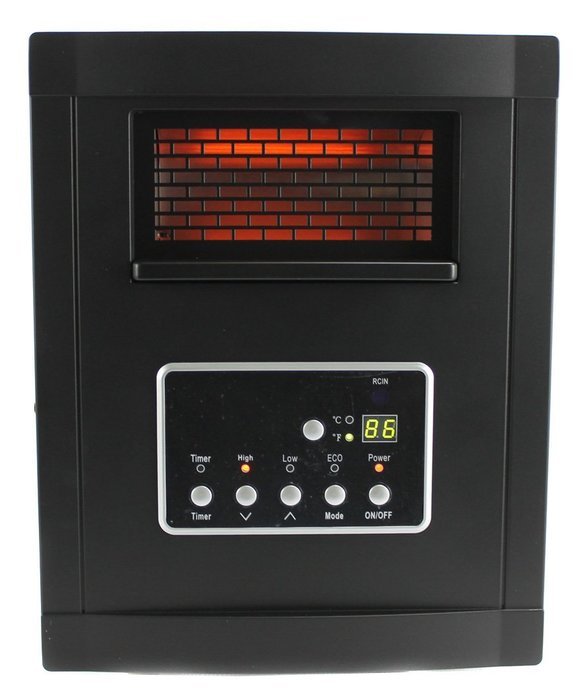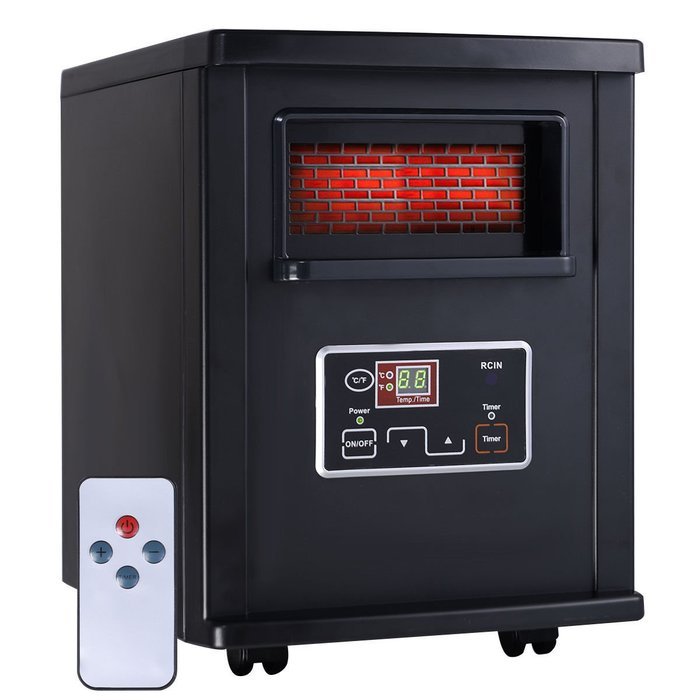Electric Heater For 800 Square Feet
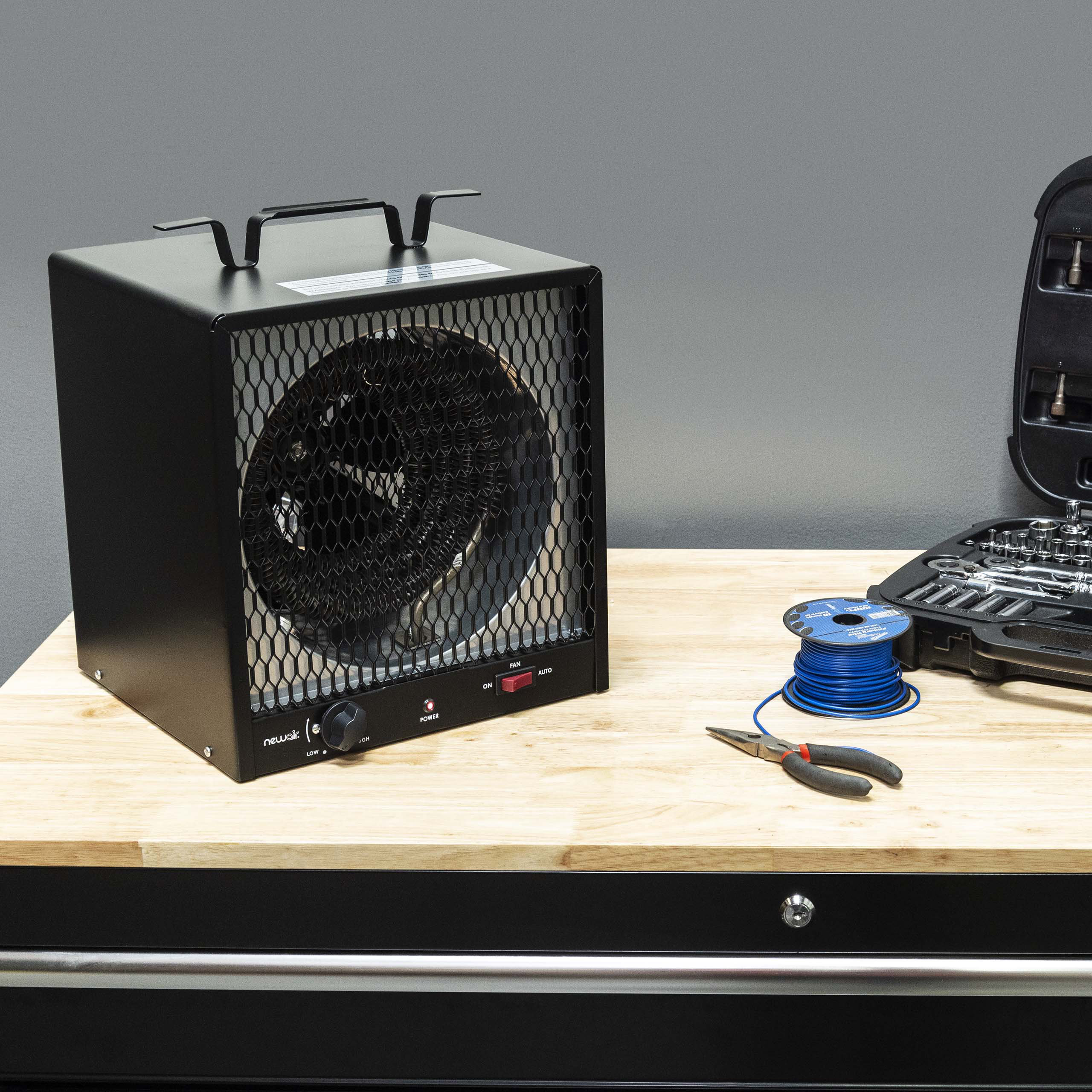
As winter approaches, consumers are increasingly turning to electric heaters as a supplemental or primary heating source, prompting a surge in questions regarding their efficiency and suitability for various room sizes. Specifically, the question of whether an electric heater can effectively heat an 800 square foot space is a common concern for homeowners and renters alike.
This article will explore the factors influencing the heating capability of electric heaters, considering British Thermal Units (BTUs), wattage, insulation, and other relevant aspects to provide a comprehensive overview. Understanding these factors is crucial for making informed decisions and maximizing energy efficiency during the colder months.
Understanding Electric Heater Capacity
The ability of an electric heater to warm a space is largely determined by its BTU output or wattage. BTU, or British Thermal Units, measures the amount of energy required to raise the temperature of one pound of water by one degree Fahrenheit.
A general rule of thumb suggests that you need approximately 20 BTUs per square foot in a moderately insulated space. For an 800 square foot room, this would translate to around 16,000 BTUs.
Heater Types and Wattage
Electric heaters come in various types, including space heaters, ceramic heaters, and infrared heaters. Wattage is directly related to BTU output; higher wattage heaters generally produce more BTUs. A 1500-watt electric heater, which is a common size, typically generates around 5,100 BTUs.
Therefore, a single 1500-watt heater might not be sufficient to heat an 800 square foot space effectively, especially in colder climates or poorly insulated homes.
Factors Affecting Heating Efficiency
Beyond wattage and BTU output, several other factors significantly impact an electric heater's efficiency. Insulation plays a crucial role; well-insulated walls, windows, and ceilings minimize heat loss, allowing the heater to work more efficiently.
Drafty windows and doors can negate much of the heat produced, requiring the heater to work harder and consume more energy. Room height also matters, as higher ceilings increase the overall volume of space that needs to be heated.
Selecting the Right Heater
Choosing the right electric heater for an 800 square foot space requires careful consideration of these factors. Instead of relying on a single, potentially undersized heater, consider using multiple smaller heaters strategically placed throughout the room.
This approach can provide more even heat distribution. Alternatively, a larger, more powerful heater with a higher wattage and BTU output may be necessary, but be sure to check if your circuit can handle the load to prevent overload.
Safety Considerations
Safety is paramount when using electric heaters. Always ensure that the heater is placed on a stable, level surface away from flammable materials such as curtains, bedding, and furniture.
Never leave an electric heater unattended, especially when children or pets are present. Regularly inspect the power cord for damage and avoid using extension cords whenever possible.
Investing in a heater with safety features like overheat protection and tip-over shut-off is highly recommended.
Impact on Energy Consumption and Costs
Electric heaters can be energy-intensive, potentially leading to higher electricity bills. The exact cost will depend on the wattage of the heater and the duration of use. According to the U.S. Energy Information Administration, the average retail price of electricity varies by region, so it's crucial to factor in local electricity rates when estimating costs.
Using electric heaters as a supplemental heat source, rather than relying on them as the primary heating system for the entire home, can help manage energy consumption and costs.
Consider using a programmable thermostat to control the heater's operation and only heat the space when it's occupied.
Conclusion
While an electric heater can potentially heat an 800 square foot space, its effectiveness depends on numerous factors, including wattage, insulation, and environmental conditions. Careful consideration of these factors, along with prioritizing safety, is essential for making informed decisions and maximizing energy efficiency.
By understanding the principles of heating and choosing the right type and size of electric heater, consumers can create a comfortable and safe environment during the colder months without incurring excessive energy costs.





